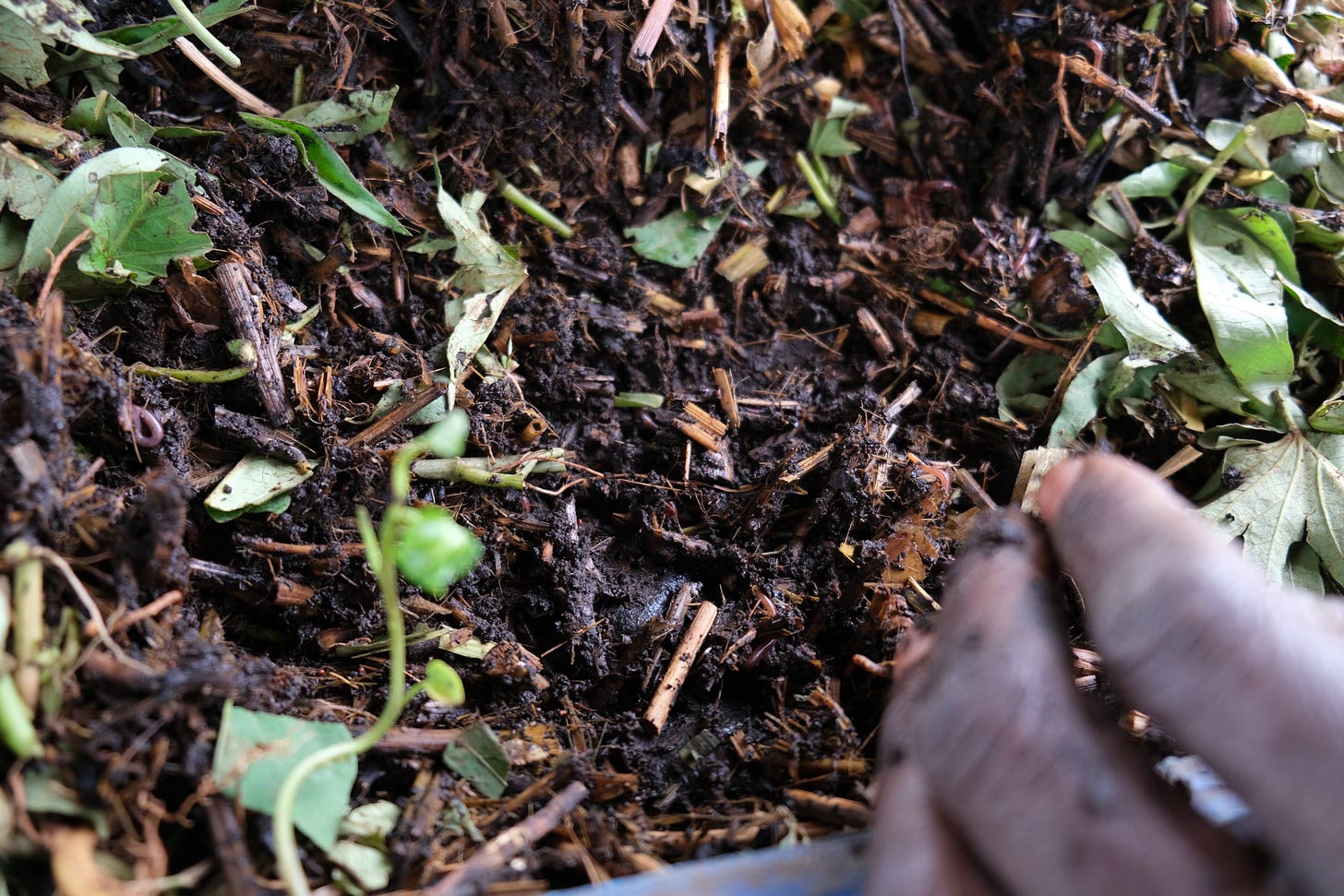Sometimes the most radical innovation is the one that goes back to the beginning
Across East Africa, the conversation around agricultural innovation has for years circled around apps, off-taker platforms, field logistics and price transparency tools. But while most interventions remain at the visible end of the value chain, the true leverage point remains untouched: the seed itself. Without resilient, locally adapted, regeneratively produced seed, every other innovation stays cosmetic. It reaches the field, but never the roots.
At MOTHERLAND, after working with more than two thousand smallholder farmers, we see the same pattern everywhere: fluctuating yields, soils losing vitality, and a growing dependence on expensive external inputs. It’s a global crisis, the FAO estimates that more than 33 percent of the world’s soils are degraded but in Africa the consequences are immediate and unforgiving.
Nobel Laureate and soil scientist Rattan Lal captures it clearly: “Soil is the soul of food security.” When the soul weakens, everything downstream collapses.
This is where MOTHERLAND’s work begins.
We are building something in Western Kenya that may look small at first glance but acts systemically: locally produced, climate-resilient, regenerative seed, developed and distributed through our community-led Local Impact Teams. Every seed lot we produce changes how families see their land, their risk and their future. It shifts the entire balance between uncertainty and opportunity. And it creates value, deep, long-term value.
Because seed is not a consumable; seed is infrastructure. It determines yield, household income, nutritional stability, and climate resilience. A single kilogram of high-quality foundation seed influences the entire annual cycle of a farming family. It determines whether the harvest will be enough, whether investments can be made, whether reserves can be built, or whether the next climate shock wipes everything out again. But here lies a truth that many development programs overlook:
Even the best seed model collapses without a market.
MOTHERLAND‘s approach works because it doesn’t isolate production from demand. We don’t ask farmers to grow seeds and “hope” that someone will buy them. We have built and, proven a structure in which seed production is bundled, quality-assured, and connected to a guaranteed off-taker. This single element changes everything. It turns regenerative seed from a risk into a genuinely viable income pathway.
The presence of a committed buyer creates predictability. Predictability builds trust. Trust accelerates adoption. And adoption is what transforms local agriculture from subsistence-based fragility to a regenerative, community-led economy.
In regions where certified seed is scarce and fragmented, MOTHERLAND is not only improving access but actively building production capacity with built-in market linkage. It keeps value within the community instead of extracting it. It reduces risk for farmers. And it grounds the entire seed system in economic reality, not idealism.
Seed also sits at a rare intersection where ecological, economic and social benefits reinforce one another. High-quality, regeneratively produced foundation seed uplifts soil structure, increases productivity, and stabilizes incomes. When these seeds are combined with the knowledge our teams deliver: soil tests, regenerative training, and AI-supported guidance, the effect compounds year after year. It is not a symbolic intervention; it is a multiplier.
And as we prepare to scale to another thousand farmers in the coming year, and thousands more after that, it is this integrated seed-and-market model that forms the backbone. Every new Local Impact Team expands not only learning capacity but also seed production and seed market capacity, a dual engine of resilience.
MOTHERLAND is often recognized for its amazing partnerships around AI-enabled tool, data systems and digital innovation. But the core of our work remains surprisingly elemental: we start from the soil and build upward. We begin with the seed because a good seed changes more than a field. It changes the entire economic horizon of a community.
In a world searching for technological shortcuts, we’re also choosing the solution that has worked for millennia, revitalized, modernized, and integrated into a regenerative, market-ready ecosystem.
Sometimes the most radical innovation is the one that goes back to the beginning: the seed.



